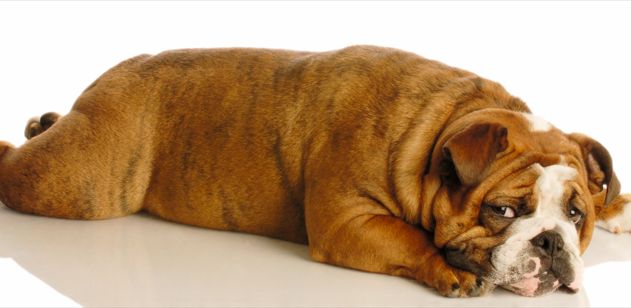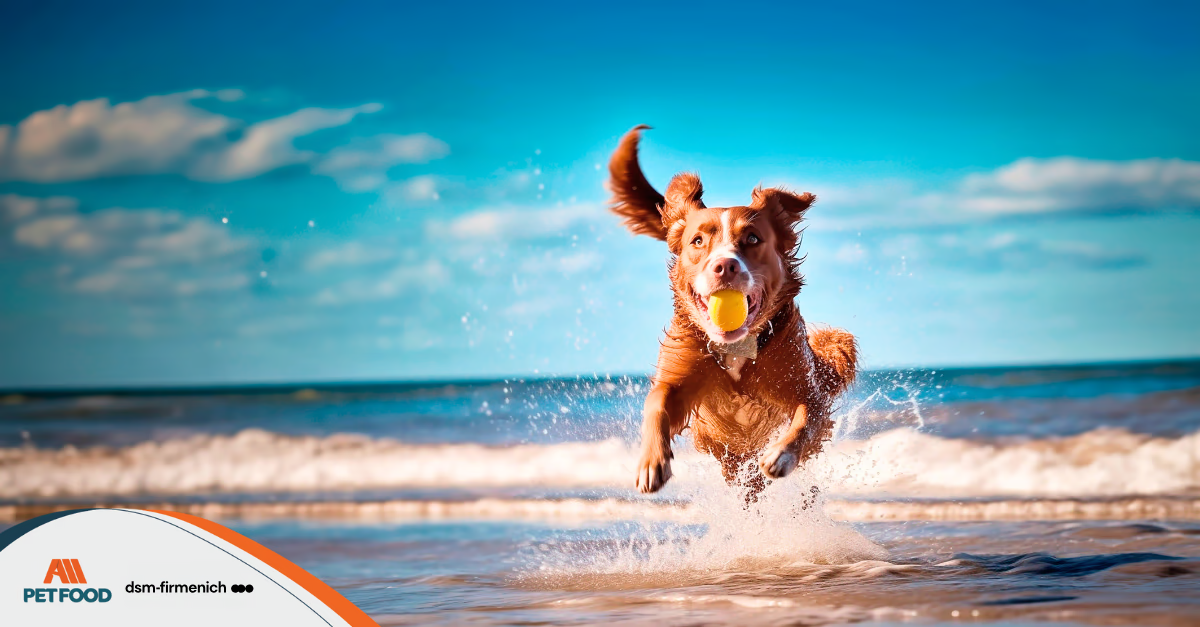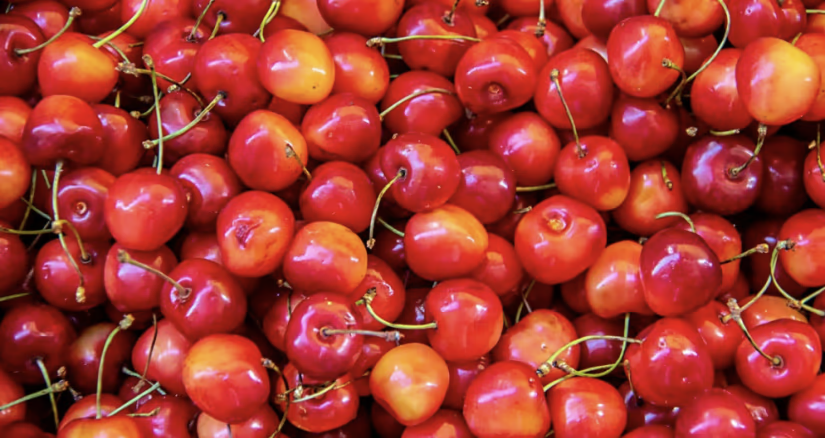Fiber is an alternative to combat obesity and help these pets reduce their daily food intake and, consequently, have an impact on their weight. But it is not the only cause in which fibers are used, such as, for example, cellulose fiber or lignocellulose.
Fiber in dog food?
Fiber is a complex carbohydrate resistant to dogs' digestive enzymes. Several sources of fiber are commonly used in pet foods, including beet pulp, bran, tomato pulp, buckwheat, and powdered cellulose. In simple words, fiber moderates how quickly food moves through the digestive system, which helps regulate intestinal activity.
Dogs do not have a physiological need for fiber. A natural canine diet contains little to any fiber. However, it can be beneficial for today's dogs, including improving gut health, strengthening the immune system, weight management, diabetes, and anal gland disorders.
Cellulose, a usable but controversial fiber
Cellulose is a fiber found in the cell wall of plants. It is found in the bark of trees and plant leaves. It is an insoluble fiber, which means it either cannot be dissolved in water or absorb it.
Today there are different positions on cellulose fiber since certain professionals affirm that, although it is a fiber that increases food volume, it does not have any nutrients, so it must simply be added to the formula and not a main ingredient. Those who defend powdered cellulose in dog food cite ease of use, necessary fiber content, and cost-effectiveness as some of its main advantages.
An alternative: lignocellulose
Lignocellulose is an alternative that, according to some recent studies, could be a vegetable fiber with great potential for our industry. It is the main component of the cell wall of plants and is a source of XOS (Xylo-oligosaccharides) compounds, which stimulate the growth of beneficial bacteria for the intestinal flora and serves as a type of dietary fiber.
Studies and research
Scientists from the University of Veterinary Medicine in Hanover, Germany, and Mansoura University in Egypt conducted a study in which 8 Beagle dogs were given 1 of 4 foods for 14 days. These foods were the same except for the fiber they contained: powdered cellulose, granulated cellulose, lignocellulose, and a control food without additions.
It could be shown that all 3 fiber types led to lower caloric intake by the dogs, compared to the control diet. At the same time, no cellulose decreased or affected palatability. And while fecal quality was not affected by fiber sources, the feces of dogs consuming fiber foods were wetter, compared to those on the control food.
Thanks to this study, the professionals were able to affirm that lignocellulose can be used as an alternative to cellulose as a fiber source in wet dog food. Since lignocellulose reduces gross energy digestibility as cellulose, it can also be used in feed for overweight dogs.
Conclusion
Choosing the best ingredients for each pet food formula is not easy, considering all the factors that need to be considered: consumer desires, nutritional value, costs, production, availability, and regulations.
In the case of cellulose and lignocellulose fiber, as mentioned above, the latest studies have shown that the incorporation of a specific source of this type can improve the health and well-being of companion animals.
Research carried out for industry experts as well as for pet owners is critical to moving toward an increasingly science-based, safer, and consumer-focused food industry.
Source: All Pet Food Magazine
You could be interested: Keeping the Doctor Away With Algal Omega-3s Each Day
About author
María Candelaria CarbajoI’m a creative, interdisciplinary person, translator, and editor. I collaborate in producing and writing creative, high-impact projects to promote cultural exchange, transmit differential values, and connect with people/the audience. Likewise, I enjoy teamwork and joining forces, experiences, and knowledge to bring the world all the potential of those ideas that seek to impact people’s lives positively.





































